A Guide to the Different Types of Bannisters
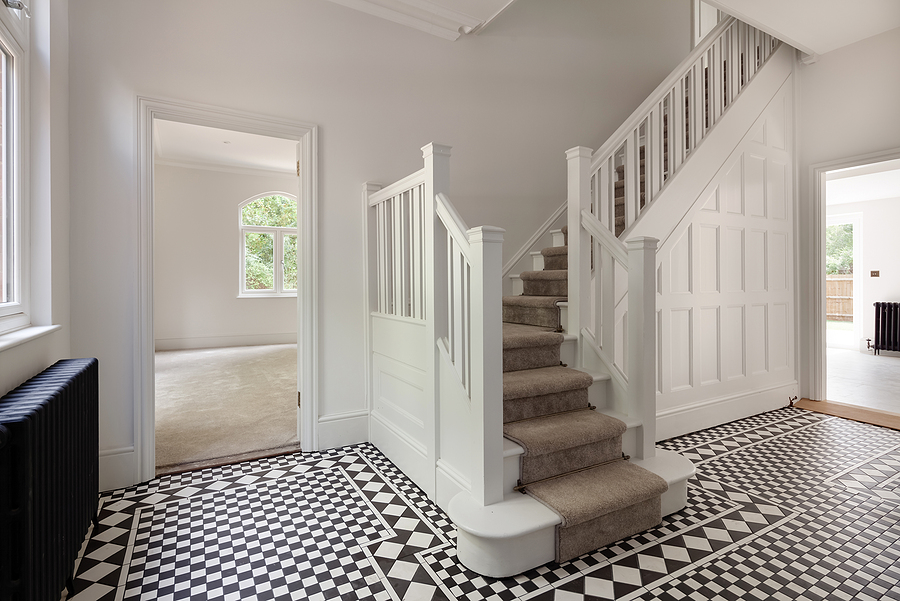
If you are beginning the process of redecorating your hallway or staircase, you might be considering whether or not to have the bannister replaced. There are many different types of bannisters that you can use for your home, so we created this handy guide to show you some of the options that might fit your interior perfectly.
What is a Bannister?
The definition of a bannister (sometimes spelt “banister”) is “the structure formed by the uprights and handrail at the side of a staircase”. It is a safety feature which helps to prevent injuries from slips and falls that could potentially be had on a staircase, while also offering support and aiding travel for those who need it while on the staircase.
How is a Bannister Different from a Handrail?
Technically speaking, a bannister is a type of handrail. It’s simply one which is usually supported by spindles, or balusters. This design allows a bannister to be freestanding, rather than having to be wall-mounted like staircase railings. A wall-mounted handrail is considered one of the “two types” of bannister; the other being the freestanding structure.
The Different Types of Bannister Materials
There are many different types of materials that can be considered for bannisters. We’ve listed some of the most common below:
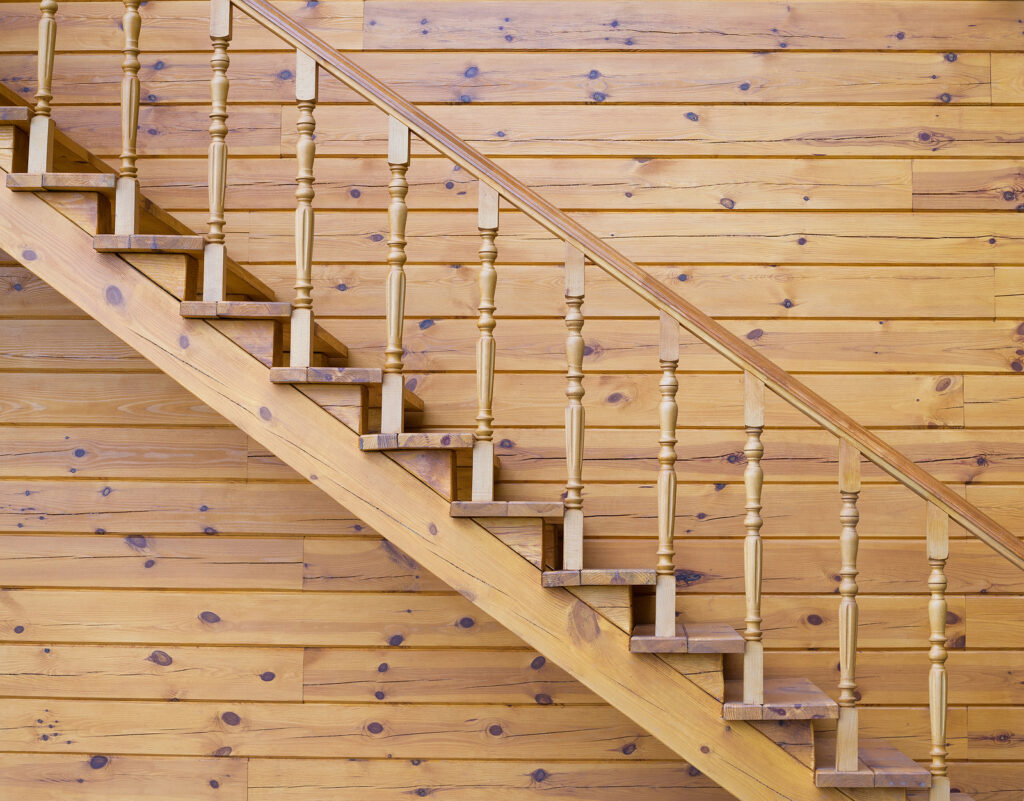
Wood
Wood is probably the most traditional and popular material used for bannisters and rails, particularly in homes, where the warm hues will often blend with the colour scheme, welcoming residents at the end of a long day.
They are also particularly versatile in terms of design, as the material can be shaped during the manufacturing process. This means that you should be able to find a wide range of both classic and contemporary looks that will match any modern or traditional staircase design.

Metal
Several different types of metal can be utilised for bannisters, with the best option for you depending on the design you’re hoping to achieve.
For example, you might decide that wrought iron stair railing designs with iron balusters offer the timeless, highly decorative effect you want to present in an older property. On the other hand, you might instead decide that steel or aluminium offers the sleeker, ultramodern look that you need for your modern home.
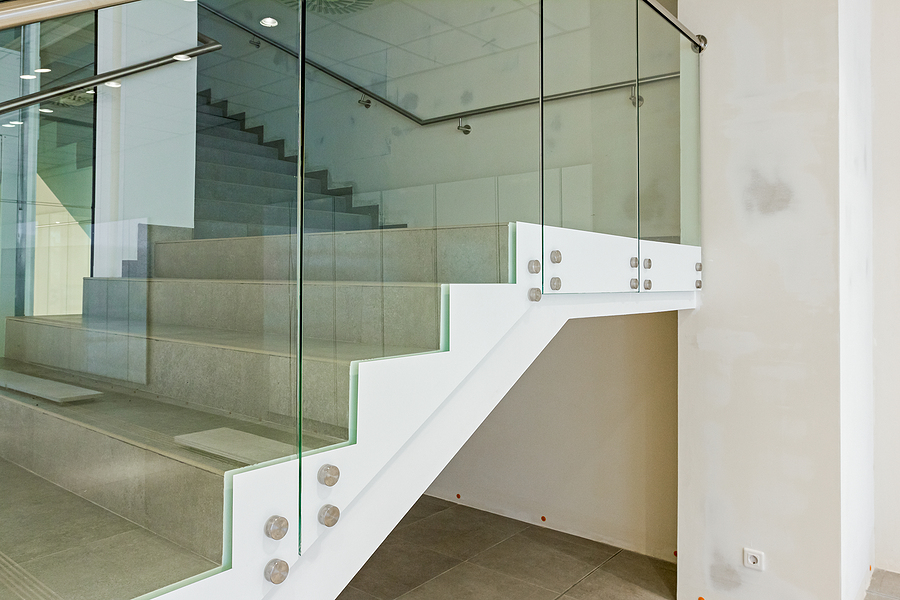
Glass
You might think of glass as an unusual (or even unsuitable) option for a staircase bannister, but contemporary glass manufacturing techniques make it strong enough to be used.
It won’t typically be used for the rails themselves; instead, glass panels will normally be paired with a metal or wood handrail in order to create a modern-looking bannister that provides support and a clear view of the floor below.
The Different Types of Bannisters
Beyond the different materials that can be used to create bannisters, there are also different styles and designs that you can decide from. This goes beyond the basic “two types” of bannisters, which are the freestanding variety and the wall-mounted rail (which may also be referred to by some as a bannister, even though it lacks the required supports). It instead takes into account a range of other bannister types which you might not have considered for your home:
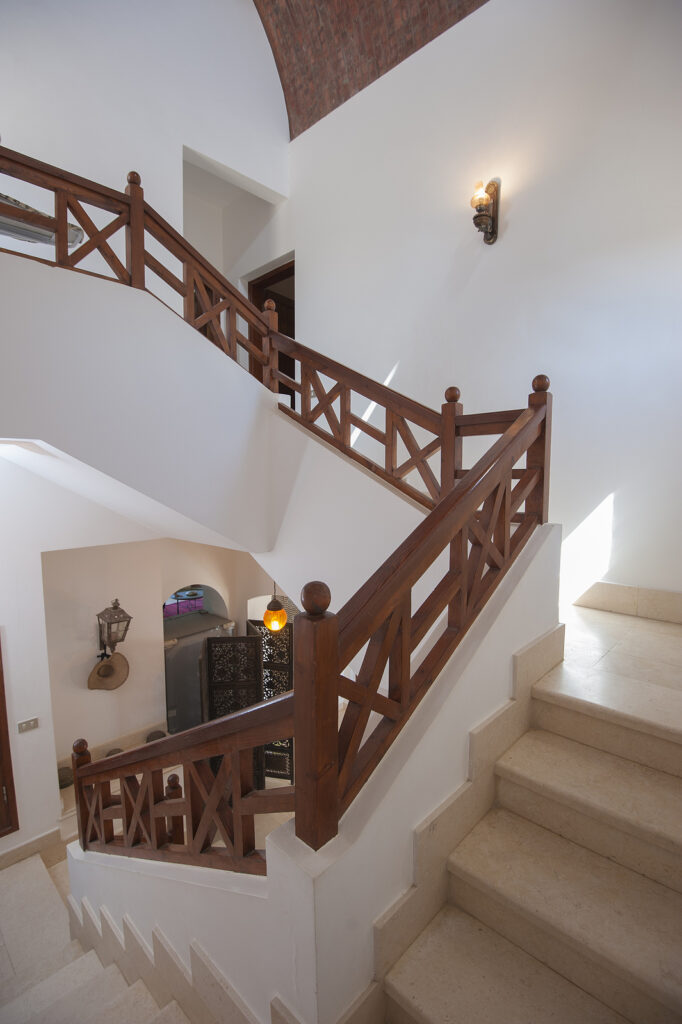
Balustrade or Spindle Bannisters
Also known as “picket stair” railings, these are the most common type of bannisters you are likely to see in a home. The vertical posts (the balustrades, spindles, or pickets) are used to support the handrail on top. At the bottom, the posts can be attached to the stair treads or the base rail.
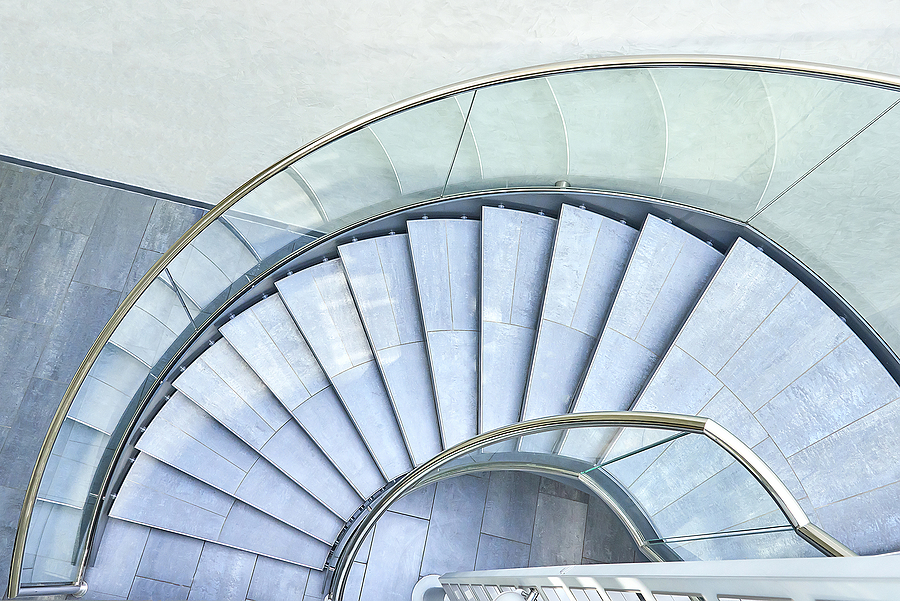
Panel Stair Bannisters
This is the design you are likely to be choosing if you want a glass stair bannister, but there are other materials available for this as well. Metal panels, for instance, are often used and can be designed in a range of different styles.
Wire Mesh Infill Bannisters
These bannister infills consist of wire panels that are installed within the frame of the bannister itself. They’re not typically used in residential settings. Instead, they are likely to be found in industrial settings such as factories and high-traffic commercial areas like shopping centres and sports stadiums. They may also be found in some interior and exterior locations in schools and colleges.
Cable Stair Bannisters
In this design, high-tension, horizontal or vertical metal cables are used in a manner similar to wooden balustrades or spindles. They also help to provide a barrier for those using the stairs. The cables are also thinner than spindles or balustrades, meaning that they can provide an unobstructed view of the floor below. This can make them a good alternative in modern homes if you would prefer a bannister style which reflects a modern, “industrialised” look.
Multi-Line Stair Bannisters
These bannisters consist of horizontal slats, rods, or tubes that extend between railing posts. These can be different sizes, styles, colours, and materials to reflect the tastes of the property owner. Most often multi-line stair bannisters will be found in commercial spaces, but certain varieties can be found which will also suit domestic properties. In particular, this applies to wood slat varieties of this bannister type.
Looking to Improve Your Staircase?
If you have been considering ways you can improve and enhance the look of your staircase, why not go beyond fitting new bannisters? Our beautiful collections of stair runners and stair rods can help to make your home even more impressively ornate and stylishly decorated. You’ll even have the option of shopping by colour and finish, so you can ensure any new features you get from us are perfectly matched to the interior design you want to create for your property.
We are more than confident that you will find what you’re looking for here on our website, but if there is something else that you had in mind for your design that we don’t have here, you can always get in touch with us. We’ll be glad to help you source the products you need to help complete your design – in any colour, pattern, or style you need. Browse the options we have and see how we can help transform your staircase into your home’s new focal point.


